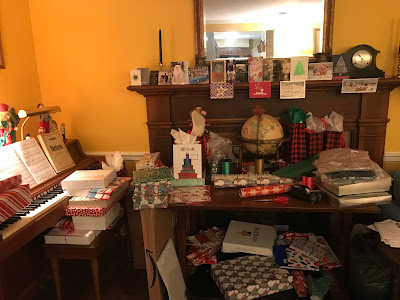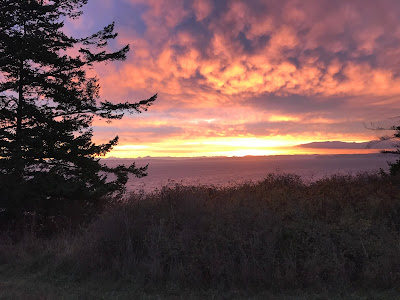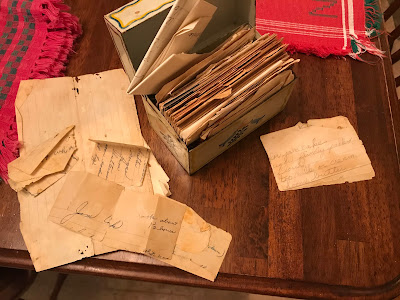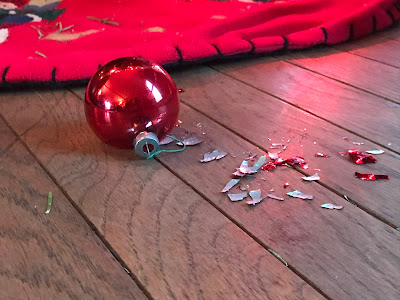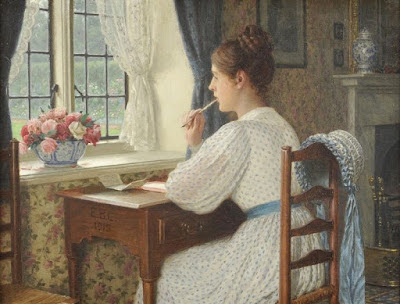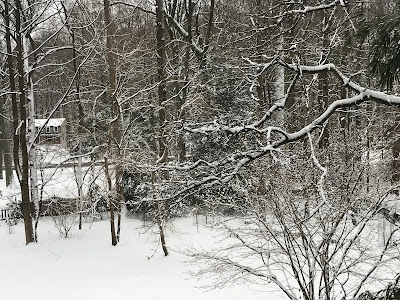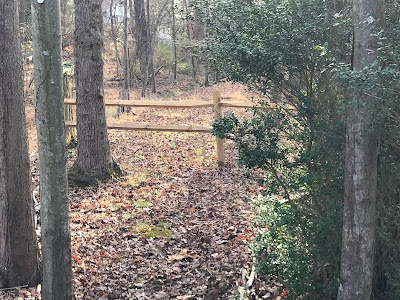The Living Room
Of course, we have one — a living room, that is. It’s never been like the living rooms of my youth, which were more like parlors. You sat in them with company but didn’t lounge around in them.
In this house, there is no true “family room,” so the living room is where I spend time, especially now, with the tree by the window, the cards on the mantel, and the wrapping station by the fireplace.
In these precious days, I sit on the couch and marvel at the “in-process’ness” of the room and the season. Some presents need wrapping, others need ribbons tied and curled. There’s food shopping yet to be done, holiday goodies still to bake, but this year (finally!) there’s time to savor the season itself, the living of it. And what better place to do that, but in the living room.
